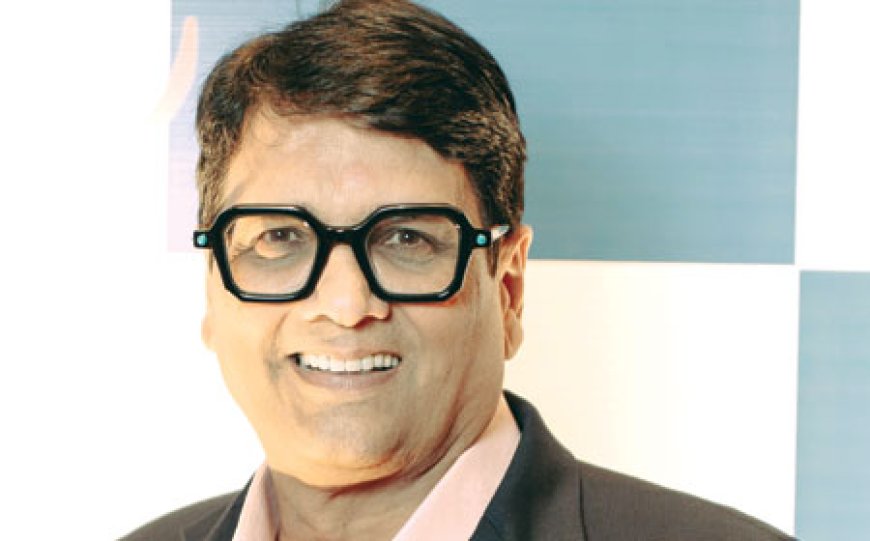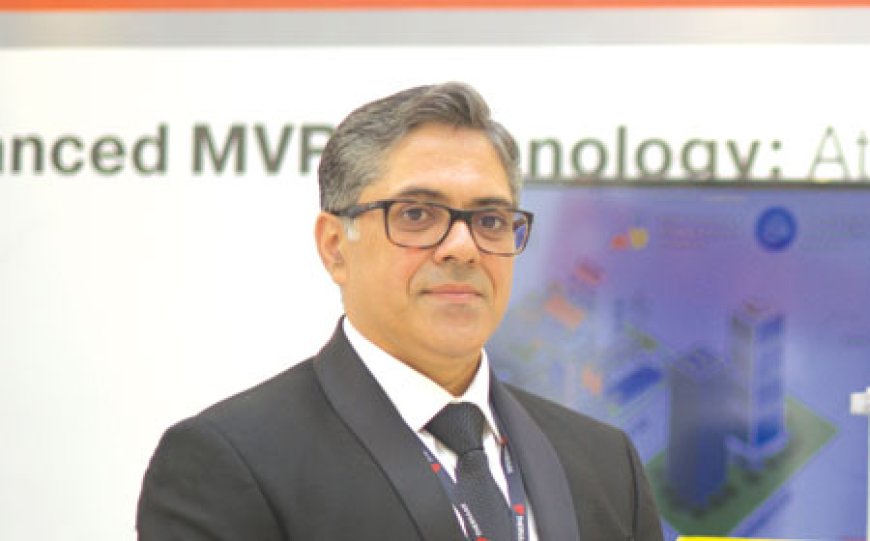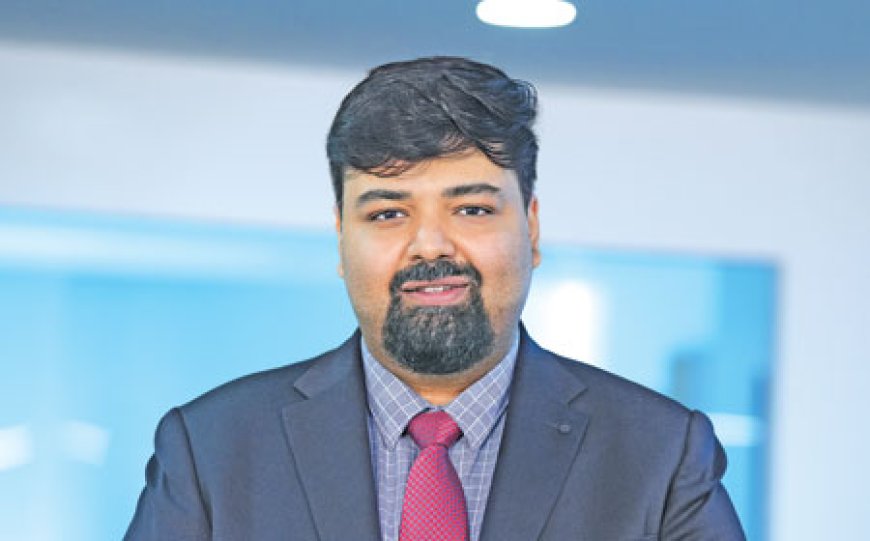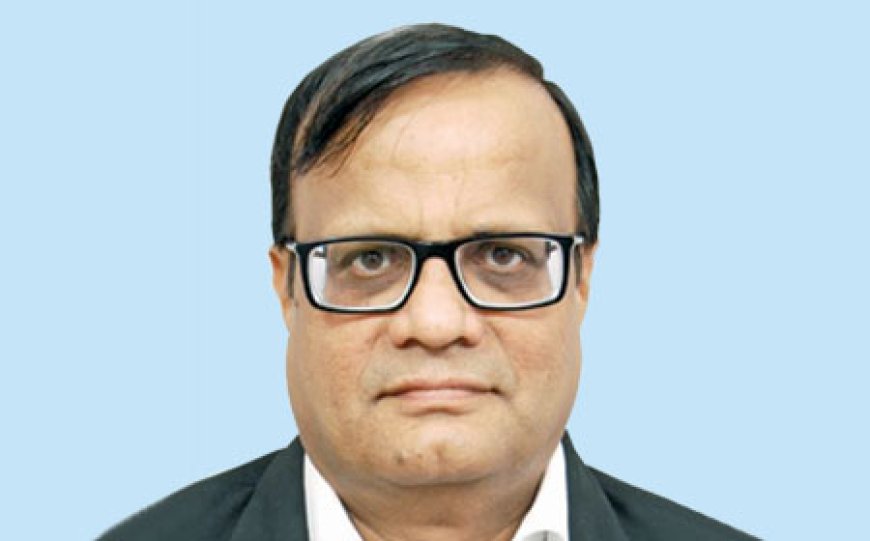Water Future: Addressing India’s Water Needs

The government and private players are trying to create a better water resilience in the country with enhanced policy initiatives and advanced technologies for a sustainable water infrastructure. Construction Times finds out how these efforts are bearing fruits and what more needs to be done.
India’s growth trend on social and economical fronts over the past many years has created a pressing need for more water for household and industrial needs. While groundwater is vital for India’s agriculture, industry and population needs, the same is gradually depleting due to global warming and other reasons. As our water bodies dry up fast in summer seasons, the availability of surface water has become scarce these days. This has forced people to depend more on ground water resources. Despite its significance, groundwater over-extraction poses challenges, emphasising the importance of sustainable management to ensure its long-term availability.
India has 18 per cent of the world’s population but only 4 per cent of its water resources. The average per capita water availability for 2031 has been assessed to be 1367 cu m. Various reports indicate that out of its population of 1.4 billion people, 35 million people lack access to safe water and 678 million people lack access to a safe toilet. Extreme water stress, contaminated surface water and lack of access to piped water supply are the major challenges faced by the country currently. The effects from climate change like droughts and rising sea levels also affect access to safe water and sanitation for families in India.
Various governments in the past have strived to address the issues and challenges in water availability, but that was not enough to alleviate the crisis. There are more to be done, not only by the government, but also people and the private sector.
Government’s role
In spite of the challenges in water sector, the government is actively involved in improving the overall water infrastructure of the country. Every year, the Union Budget allocates considerable funds for water infrastructure developments. Schemes like the Jal Jeevan Mission (JJM), Atal Mission for Rejuvenation and Urban Transformation (AMRUT), National Mission for Clean Ganga (NMCG) and others focused projects on rural and urban areas are significantly expanding access to safe, reliable and affordable tap water supply through network augmentations, treatment upgrades, metering and losses reduction.
Jal Jeevan Mission, launched in August 2019, is a transformative initiative dedicated to providing safe and ample drinking water to all rural households. Over the past four years, this mission has achieved a significant milestone, reaching 13.91 crore households with tap water connections and profoundly impacting rural communities. In 2023-24, the government announced a gross budgetary support of Rs 70,000 crore for implementation of Jal Jeevan Mission.
In 2023, the mission crossed several milestones and progressed from 11 crore connection at the start of the year to nearly 14 crore tap connections by the end of the year.

“The substantial funding support committed across rural and urban areas, alongside investments in wastewater infrastructure reflects India's undeterred policy priority and resources mobilisation towards sustainable water security and sanitation access as well as ecological restoration objectives,” says Subhash Sethi,
Government is also doing a lot of initiatives in wastewater recycling. The National Framework on Recycle & Reuse - SRTW policy aimed at reducing the pressure on scarce freshwater resources and promoting the use of treated wastewater have been instrumental. This contributes to the Government’s commitment to environmental sustainability and achievement of SDG 6.3 on improving water quality through increased recycling and safe reuse. Government regulations are also driving industries towards recycling and reusing of water, thereby conserving the groundwater and other fresh water sources.
Private sector participation

Private companies are also coming up with solutions for better water management and employing sustainable practices and technologies to reduce water pollution. Most of the industry players are implementing wastewater recycling solutions at their premises to utilize wastewater and depend less on natural water resources. “Our dedicated efforts focus on giving rebirth to water by utilising advanced technologies, aiming to assist customers in significantly reducing freshwater consumption. Some of our clients have not only achieved but have become water positive by deploying zero freshwater requirements through our innovative solutions,” says Vishal Mehra, Strategic Business Unit Head, Water and Waste Solutions, Thermax.
Wastewater recycling – need of the hour
There is a heightened focus on sustainability within the water sector, and the industry is rapidly advancing towards integrated water resource management, prioritising the conservation and efficient utilisation of this critical resource. The concept of resource recovery, focusing on the recycle and reuse of treated wastewater, have been gaining a lot of importance in India. As the country is facing the challenges of depleting natural water resources, it has become imperative for recycling and reusing the wastewater for industry needs, plantations and agriculture, and even for drinking purpose after suitable recycling. “Companies are adopting advanced treatment technologies that enable the reuse and recycling of wastewater, thereby reducing the dependency on freshwater sources. We are seeing the emergence of smart water systems that use the Internet of Things (IoT) to monitor, manage, and optimise water use, reduce wastage, and ensure greater control over water quality and distribution,” says Mehra. According to him, desalination technologies are also becoming mainstream, particularly in regions where freshwater scarcity is a concern. These developments are complemented by the incorporation of rainwater harvesting systems into both new and existing infrastructure. Zero Liquid Discharge (ZLD) systems are gaining traction, as they help in minimising liquid waste.

Many industries are now turning to alternative sources such as recycled water and ZLD systems to minimize water discharge. WABAG’s contributions in this regard have been significant. Rohan Mittal, Leadership Team, VA Tech Wabag, elaborates on this, “In 2001, we have set up the first-ever direct potable reuse plant in Windhoek, a 21 MLD plant which has been serving the entire city as the only source. In India, our 45 MLD Koyambedu plant is one of the largest TTRO plant in India, where secondary treated water from STPs undergoes further treatment to meet drinking water standards, the treated water is then supplied to various industries in and around Chennai, followed by our recently delivered ZLD plant for NMDC, etc. Currently, we are engaged in the execution of a similar plant for Ghaziabad, a 40 MLD TTRO system designed for industrial use.”
Technology trends

With more developments in water conservation and sustainable water infrastructure in focus, technology is playing a key role on various fronts. These include smart solutions in water distribution and water recycling. According to Anil Sethi, Chairman, Pump Academy, the water sector is making steady progress on digital transformation by embracing emerging technologies to enhance water infrastructure and service delivery. “Smart water management using sensors, meters, real-time data, automation and analytics is being adopted for improved monitoring, efficiency, predictive maintenance and overall sustainability across the urban water value chain including water supply, treatment plant, pumping station, distribution network and wastewater system. The approach is enabling intelligent decision making, ensuring quality, minimizing losses and outages, and providing customer-centric services as India strive to achieve resilient, inclusive and efficient water management systems.” Pump Academy has been implementing advanced technological solution, iPUMPNET that utilize AI and IIoT to streamline the operation and maintenance of pumping stations.

Voltas through its UMPESL business is providing high-quality infrastructure solutions and services that are customized to meet the specific needs of its customers. D P Singh, Chief Operating Officer – Infrastructure, Universal MEP Projects & Engineering Services Ltd, says, “The Water Management Business Division (WMBD) of UMPESL places equal importance on raw water and wastewater treatment. With sustainability and water conservation goals as one of the prime objectives and adopting suitable eco-friendly technologies, UMPESL follows the Conventional Filtration process for large plant capacities and Pressure Filtration for small plant capacities for raw water treatment. Depending on customer requirements and tender specifications, wastewater treatment involves SBR/MBBR technologies and UF-RO filtration techniques. UMPESL has in the recent past, successfully executed two STP projects in Patna under BUIDCO and is currently in the third year of its operations and maintenance. The projects are part of the Namami Gange initiative. Furthermore, Government initiatives in the water sector, including ‘Namami Gange’, ‘Jal Jeevan Mission’, ‘Swachh Bharat’ and ‘AMRUT’ are creating opportunities for UMPESL.”
The way forward
According to Subhash Sethi, India's existing water infrastructure struggles with outdated systems, funding shortfalls, inefficient resource and distribution management, and inadequate storage. As water demand rises inevitably, the need for modern, sustainable infrastructure augmented by digital solutions has become more pressing than ever. Mittal is of the view, “The future of water infrastructure in India will depend on a combination of factors, including population growth, urbanization trends, climate change impacts, technological innovations, and policy interventions.” According to him, significant investments are pouring into the sector, driven by a growing demand for desalination and reuse globally, as these are being recognized as the most viable alternative sources for both domestic and industrial consumption.







